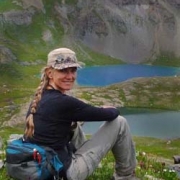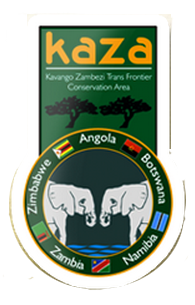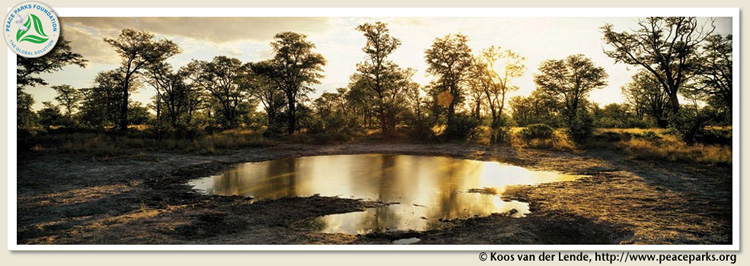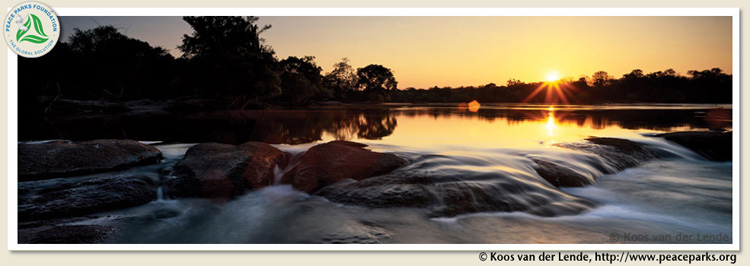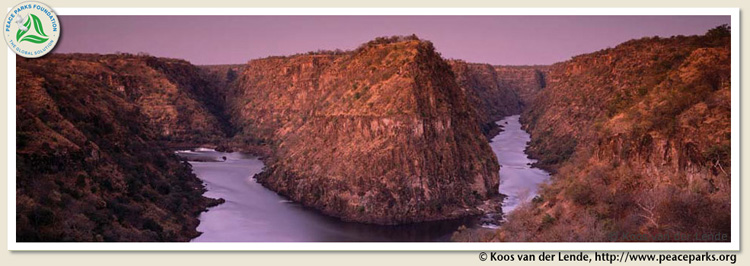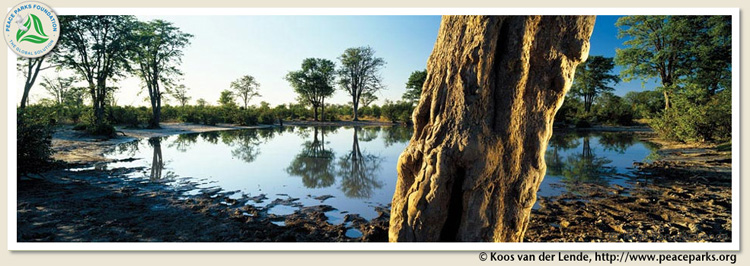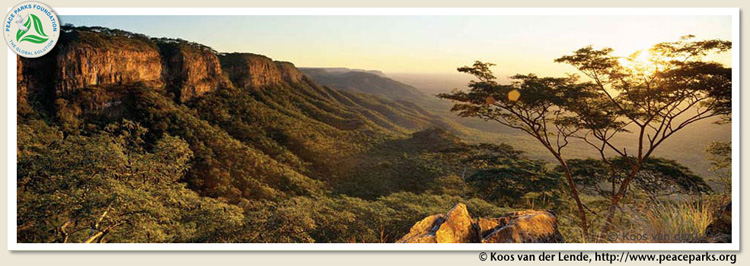Julia Vann
Julia Vann
Success started early for this young ‘Uncommon Woman’
Story by Kathryn R. Burke
 [Ouray Colo., January 17, 2017] Julia Vann graduated from Ouray High School in 2015 and got a full ride to Amherst College in Massachusetts, where she is a math major.
[Ouray Colo., January 17, 2017] Julia Vann graduated from Ouray High School in 2015 and got a full ride to Amherst College in Massachusetts, where she is a math major.
“It’s kind of funny,” she said, “because I hated math until I took Calculus. I discovered I had a knack for it, and decided to major in math in college.” Based on her GPA, extracurricular activities, work experience, etc., she was offered the local and regional scholarships.
Julia’s long-term goal is to obtain a PhD in math or public health. The field that interests her most is Quantitative Public Health or Biomath with public health applications. “It’s kind of a niche profession,” she said. “And it’s burgeoning right now.”
What exactly is Quantitative Public Health? “The profession uses math to answer public health questions,” she explained. “We use math models to help get funding for studies to model cell growth or the transmission of diseases. Models mimic real life—for example, maybe finding the quickest way to eradicate tuberculosis in developing countries.”
Julia’s interest in studying about disease and finding cures began in middle and senior high school, when she thought about becoming a medical doctor. But as she learned more about what that entailed, she realized public health was where she really wanted to be. “I thought doctors did more of what public health specialists do,” she explained. “And public health is the field that really interests me.”
At Amherst, Julia is a math major, but because of the college’s open curriculum, she can take any subject she likes, “so long as I complete eight major classes before my senior year. I’m taking dance, astronomy sociology—all kinds of interesting classes. Every semester, I try something different. I’m a math major, but I’m also a ‘Jack of all subjects.’”
The school and the community of Amherst have been great. “I love it, except for the lack of sun,” she said. “Western Massachusetts is rural. We have a lot of wildlife, and nature to explore. Yet, I’m only one and a half hours from Boston. I’d love to live in Boston in the future.”
Meanwhile, she’ll start looking at graduate schools in her junior year, and apply in her senior year. “I’d love to wind up at Harvard or Stanford,” she said.
With her track record so far, it’s a good bet Julia will realize her dreams, get into the graduate school she hopes to attend, and become a success in her chosen field.
Julia Vann lives in Ouray, Colorado with her family, when she is not attending university.
This article also appears on website for the Woman’s Club of Ouray County. Designed and maintained by Kathryn R. Burke

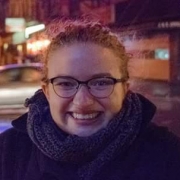
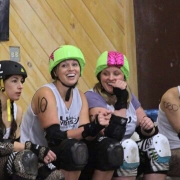
 [Montrose, Colo. February 17, 2015] Roller Derby is making a comeback in Colorado. Google the sport and you will find a number of Colorado teams, the most ‘notable’ probably being Denver Roller Dolls or Rocky Mountain Roller Girls, both based in Denver.
[Montrose, Colo. February 17, 2015] Roller Derby is making a comeback in Colorado. Google the sport and you will find a number of Colorado teams, the most ‘notable’ probably being Denver Roller Dolls or Rocky Mountain Roller Girls, both based in Denver. As interest grows, more and more derby events are being scheduled. Locally, the UVV plan to participate in Rollin on the River, Montrose, this summer. Still in the planning stages, the event will feature a mix-up roster of skaters from different leagues. “It’s just a bunch of girls having fun,” Crystal declared. “And we hope to add a kind of a brewfest, except we will have more distillers than brewers, maybe call it Whiskey and Wings.”
As interest grows, more and more derby events are being scheduled. Locally, the UVV plan to participate in Rollin on the River, Montrose, this summer. Still in the planning stages, the event will feature a mix-up roster of skaters from different leagues. “It’s just a bunch of girls having fun,” Crystal declared. “And we hope to add a kind of a brewfest, except we will have more distillers than brewers, maybe call it Whiskey and Wings.”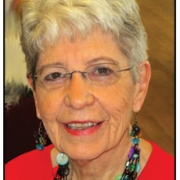
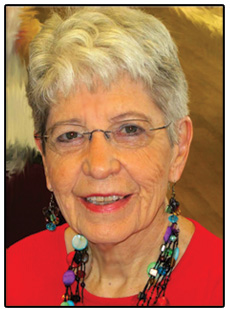
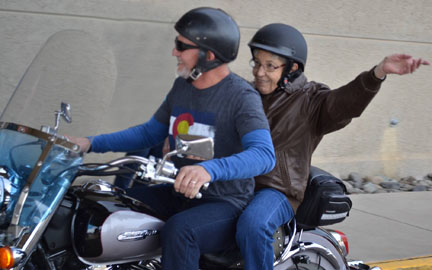
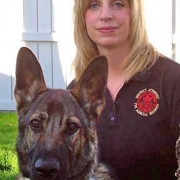

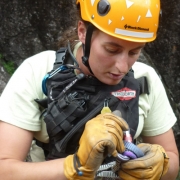
 [Ouray, Colo. October 21, 2014] Ruth Stewart is a Paramedic with OCEMS and a member of OMRT. To those of us who would ever need her services, in layman’s terms Ruth Stewart is a Paramedic with Ouray County Emergency Medical Services and member of the Ouray Mountain Rescue Team. Whatever you call her, whenever you call her, Ruth Stewart is definitely the woman you want when you have an emergency.
[Ouray, Colo. October 21, 2014] Ruth Stewart is a Paramedic with OCEMS and a member of OMRT. To those of us who would ever need her services, in layman’s terms Ruth Stewart is a Paramedic with Ouray County Emergency Medical Services and member of the Ouray Mountain Rescue Team. Whatever you call her, whenever you call her, Ruth Stewart is definitely the woman you want when you have an emergency.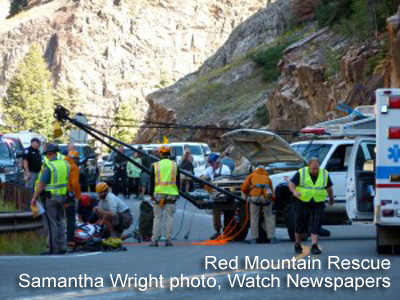 The biggest calls are major trauma calls, such as a motorcycle accident, where every thing happens at once. Most calls, however, are related to minor injury or illness, perceived or real. The single biggest category of EMS calls, Stewart says, is “altitude stuff, tourists or older folks experiencing breathing and heart issues due to altitude.” EMTs can usually handle most minor incidents on the spot. Others must be transported to the hospital (Montrose) or, if very serious, to a medi-flight helicopter at a local landing zone such as Ouray Town Park, Ridgway Fairgrounds, Dallas Divide, or Yankee Boy Basin.”(There are 35-preplanned landing zones in our area.) From there, they can be flown to St. Mary’s in Grand Junction.
The biggest calls are major trauma calls, such as a motorcycle accident, where every thing happens at once. Most calls, however, are related to minor injury or illness, perceived or real. The single biggest category of EMS calls, Stewart says, is “altitude stuff, tourists or older folks experiencing breathing and heart issues due to altitude.” EMTs can usually handle most minor incidents on the spot. Others must be transported to the hospital (Montrose) or, if very serious, to a medi-flight helicopter at a local landing zone such as Ouray Town Park, Ridgway Fairgrounds, Dallas Divide, or Yankee Boy Basin.”(There are 35-preplanned landing zones in our area.) From there, they can be flown to St. Mary’s in Grand Junction.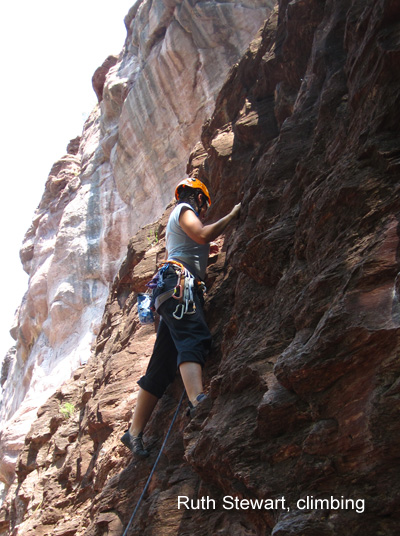 Search and Rescue is a whole different situation. OMRT has its own vehicles: a large heavy-duty pickup with a shell and winch and a land cruiser for back country. There are several women, and six S&R members are ‘crossover’ serving as both EMTs and S&R crew. S&R isn’t a scheduled shift, like EMT, Ruth explains. “When your pager goes off, if you can go, you go!” They get called out about 20 or so times a year on average, mostly in the summer. “This summer has been a year of ‘Just stay on the hiking trail’ with multiple calls for lost hikers; we usually just guide them back to the trail.” Winter calls are frequently ice-park related.
Search and Rescue is a whole different situation. OMRT has its own vehicles: a large heavy-duty pickup with a shell and winch and a land cruiser for back country. There are several women, and six S&R members are ‘crossover’ serving as both EMTs and S&R crew. S&R isn’t a scheduled shift, like EMT, Ruth explains. “When your pager goes off, if you can go, you go!” They get called out about 20 or so times a year on average, mostly in the summer. “This summer has been a year of ‘Just stay on the hiking trail’ with multiple calls for lost hikers; we usually just guide them back to the trail.” Winter calls are frequently ice-park related.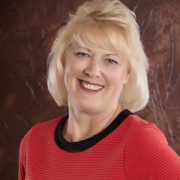
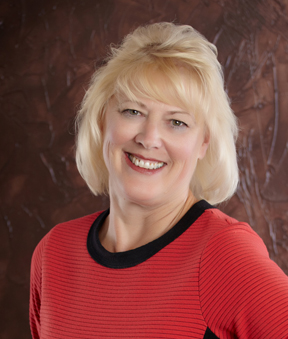 [Ouray, Colo. March 20, 2018] Katie Sickles is a small town girl—from Cedaredge; Ouray’s a small town—just the right size. She’s an outdoor girl—bikes, hikes, swims and crossfits; Ouray has a hot pool, fitness center and tons of biking and hiking trails. She has experience in locating resources and implementing infrastructure action plans. Katie worked on more than one task force in Delta County, where she was town administrator for over 10 years. Ouray has some infrastructure issues—helping to resolve them is at the top of her own action plan. Ouray was always a favorite family vacation spot while she was growing up; now she lives here. Katie and Ouray—a perfect fit.
[Ouray, Colo. March 20, 2018] Katie Sickles is a small town girl—from Cedaredge; Ouray’s a small town—just the right size. She’s an outdoor girl—bikes, hikes, swims and crossfits; Ouray has a hot pool, fitness center and tons of biking and hiking trails. She has experience in locating resources and implementing infrastructure action plans. Katie worked on more than one task force in Delta County, where she was town administrator for over 10 years. Ouray has some infrastructure issues—helping to resolve them is at the top of her own action plan. Ouray was always a favorite family vacation spot while she was growing up; now she lives here. Katie and Ouray—a perfect fit.
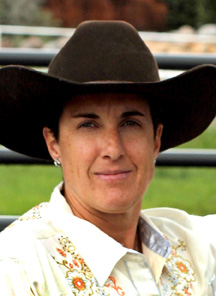 [Ridgway, Colo. March 21. 2017] Erin Stadelman went from a California beach kid to living in the mountains and married to a cowboy. “Sometimes you have to be careful what you wish for.”
[Ridgway, Colo. March 21. 2017] Erin Stadelman went from a California beach kid to living in the mountains and married to a cowboy. “Sometimes you have to be careful what you wish for.” And that’s exactly what she did. Here she is; 34 years, four children, six grandchildren (“We’re a blended family, and a prolific group!” she laughs), and a whole lot of horses later, living on the Ralph Lauren Ranch with her husband, Steve, who cowboys for the RRL. While Steve cowboys, Erin is involved in 4H, the Cattleman’s Association (she was president for eight years), rodeo association (still president of that), and the Ouray County Fairgrounds, where she has been the Assistant Fairgrounds Manager since 2015. “Susan [Long, the Fairgrounds Manager] decided that she needed help running the fairgrounds and event center, right after we finished [replacing] the grandstands and new arena. They needed help with marketing, so she and [Ouray County] BOCC solicited me for the job.”
And that’s exactly what she did. Here she is; 34 years, four children, six grandchildren (“We’re a blended family, and a prolific group!” she laughs), and a whole lot of horses later, living on the Ralph Lauren Ranch with her husband, Steve, who cowboys for the RRL. While Steve cowboys, Erin is involved in 4H, the Cattleman’s Association (she was president for eight years), rodeo association (still president of that), and the Ouray County Fairgrounds, where she has been the Assistant Fairgrounds Manager since 2015. “Susan [Long, the Fairgrounds Manager] decided that she needed help running the fairgrounds and event center, right after we finished [replacing] the grandstands and new arena. They needed help with marketing, so she and [Ouray County] BOCC solicited me for the job.”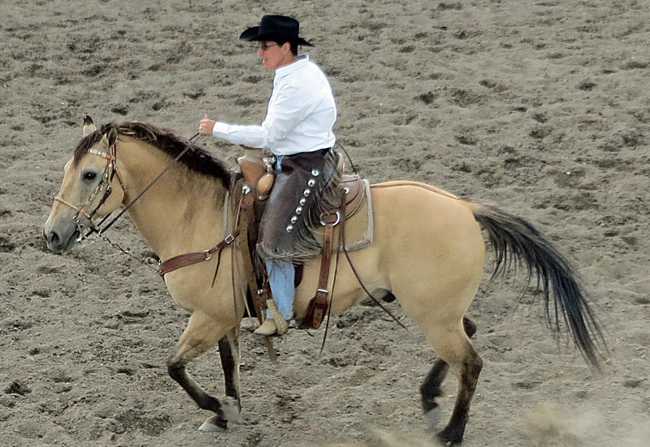
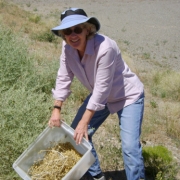
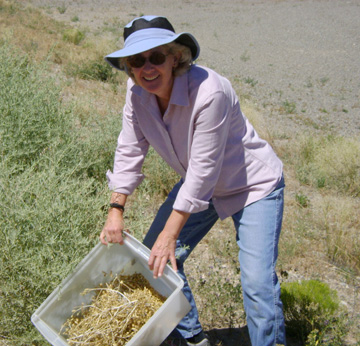 [Montrose, Colo. April 17, 2018] She has a fascinating job, and one that she basically created for herself. Kathy See works as a liaison with land management agencies and other organizations involved in land rehabilitation and restoration. She is the Native Plant Coordinator for the Uncompahgre Partnership. Kathy finds and collects wild seeds for genetic preservation.
[Montrose, Colo. April 17, 2018] She has a fascinating job, and one that she basically created for herself. Kathy See works as a liaison with land management agencies and other organizations involved in land rehabilitation and restoration. She is the Native Plant Coordinator for the Uncompahgre Partnership. Kathy finds and collects wild seeds for genetic preservation.